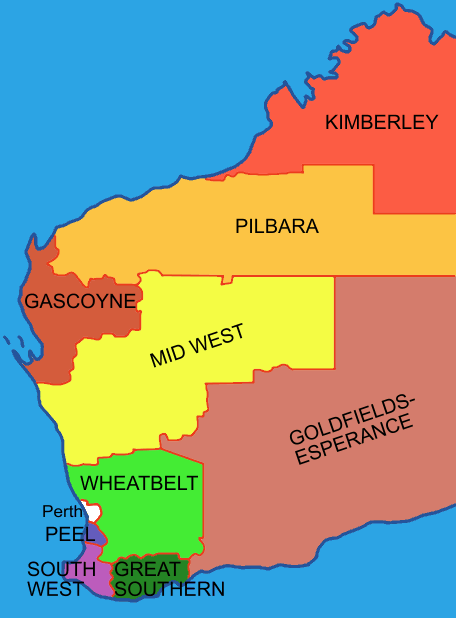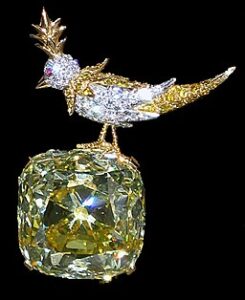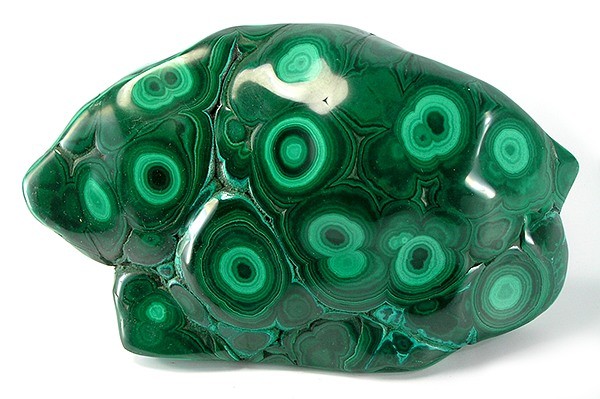Besides its cultural diversity, breathtaking landscapes and thriving wildlife, Africa is also thriving in an abundance of valuable minerals and stones. Some of the world’s largest gold and diamond mines are located here. In fact, many African economies rely heavily on large deposits of precious minerals.
There is a widespread misconception that Africa is only home to diamonds, copper and gold reserves. However, in reality, the continent possesses a diverse range of precious gemstones inside its vast geological planes.
In this article, we will discuss some gemstones and minerals found in Africa that are not diamonds or gold.
African Ruby: The Answer to Burma Rubies
Ruby is the most precious and sought-after gemstone from the corundum family alongside sapphires. This red stone has a rich history and has always been popular in ornamental items across different cultures and civilizations. Even though it is excavated everywhere in the world, rubies from Africa have become quite popular lately.

Burma rubies that are excavated in Myanmar are considered the best among all the ruby varieties. However, Burma Rubies were not legally available in the US gem market for quite some time due to trade restrictions. To compensate for the demand for clear ruby specimens, the supply from Mozambique came in really handy. Kenya, Tanzania, and Madagascar are also some of the noteworthy African Ruby exporters to many countries in the world.
Rhodolite Garnets: A Unique Mineral Combination
Garnet belongs to the silicate mineral group and has many varied uses. The uninspiring and impure garnet specimens are used as abrasives in the industries, thanks to its high grading on the Mohs Hardness Scale. On the other hand, the fine and pure garnet specimens that usually have reddish appearance are faceted as jewelry stones.
Tanzania produces the world’s finest and rare garnet specimens. Technically, they are called Rhodolite Garnet because they are the combination of two minerals Almandine and Pyrope. This unique blend gives the specimen an extraordinary crimson luster along with raspberry and violet undertones. Right now, such Garnet composition is rarely mined from any other part of the world. This makes Tanzania the sole exporter of Rhodolite garnets.

Paraiba Tourmaline: From Brazil to Africa
Tourmaline is another silicate mineral with Boron traces. It comes in a range of different colors. However, one of its variant that was only discovered in 1980 has become all the rage among gem lovers. Going by the name Paraiba Tourmaline, this variant was first discovered in the Brazilian hills.
Due to its extraordinary aquatic blue luminescence, it quickly gained traction as the precious gem option for engagement rings. Before its discovery in Mozambique and Nigeria in the last decade, Paraiba Tourmaline was so rare that one single specimen was mined for every 10,000 diamonds.
At present, Mozambique is the largest exporter of this exceptional variant of Tourmaline. It is important to mention here that Paraiba Tourmaline is still a rare gemstone even after its discovery in several African countries. In order to make sure that each and every Paraiba Tourmaline is excavated, miners use manual methods to unearth them. A carat of a fine faceted piece of Paraiba Tourmaline is priced around $16,000.
Tsavorite: A Lucid Emerald Substitute
Due to its chemical composition, tsavorite is regarded as one of the peculiar gemstones. It’s actually a garnet but with heavy bonding of aluminum and calcium molecules. Garnet usually exhibits a red hue while some rare specimens are available in other colors as well. Tsavorite naturally offers extremely fine clarity. That characteristic is also substantiated by its higher reflective index.
Tsavorite has a strong green color exhibition, which makes it an exceptional choice for jewelry items and as a substitute for emeralds. Eastern African countries like Kenya and Tanzania are gifted with sizable deposits of this unique garnet. Some of the tsavorite specimens excavated in Kenya can go up to $6,000 per carat.
Topaz: The Hardest Silicate Gemstone
Topaz is another silicate mineral but with the addition of aluminum and fluorine impurities in it. It is the hardest stone among all the silicates. Clear and lustrous topaz stones are considered ideal for jewelry items because of their extended durability and resistance against scratches.
The majority of topaz specimens are found in vitreous blue and gray colors. However, brown, yellow, red and pink rare topaz specimens are also available in the gem market. Nigeria is the home of some fine yellow topaz specimens that are usually priced around $600.
Tanzanite: An Exclusive Gift from Tanzania
Named after the origin of its discovery, Tanzania, this gemstone is a relatively newer mineral specimen. The stone is exclusively excavated in the mines in Northern Tanzania. Apart from its strong presence, tanzanite also stands apart among other gemstones because of its trichroism exhibition.
A single tanzanite specimen can put up a colorful display when observed from different planes. Blue, burgundy and violet hues are often displayed by tanzanite when they are observed under different lights. High-quality tanzanite is still only found in Tanzania and can cost up to $700 per carat. Well-Faceted tanzanite is used as a primary stone in necklaces.
Zircon: A Reasonable Diamond Substitute
Zircon is one of the nesosilicates that is formed when underground silicate deposits dissolve with some rare elements. The gem-grade zircons are available with different chromatic attributes. The fine colorless zircon pieces are used as cheap diamond alternatives. In addition, brown, green, blue and yellowish golden variants are also faceted as gemstones. Like a diamond, Zircon also has a protracted crystallization age. On average, a natural zircon specimen is around four billion years old.
Some high-quality colorless zircons are mined at the Limpopo Belt, South Africa. So, South Africa is not just responsible for the large supply of diamonds worldwide, it is also supplying high-quality diamond substitutes in the form of zircons. Apart from white or colorless zircons, its well-saturated variant is also popular among gem aficionados. It is indeed eight times more expensive than transparent diamond substitutes.
It won’t be wrong to say that, besides diamonds, Africa is giving the world some of the rarest, spectacular and peculiar gemstones of the world.


 Photo
Photo




